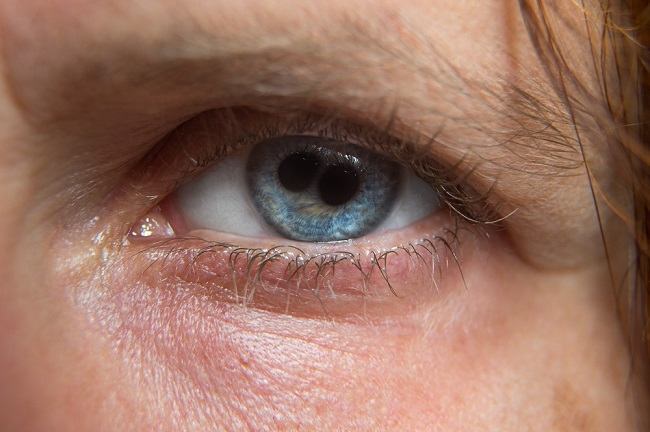Polycoria, A Rare Condition When One Eye Has Two Pupils
Polycoria is an eye disorder characterized by the presence of two or more pupils in one eye. Polycoria sometimes requires treatment because this condition makes sufferers experience visual disturbances.
The pupil of the eye is the round, black part of the eye in the middle of the iris or the colored part of the eyeball. Each iris has one pupil in the center. However, in polycoria, the number of pupils is more than one.

Polycoria is generally detected in childhood, but it can only be realized when it is an adult. This condition is very rare and can occur in one or both eyes.
The cause of Polycoria
The exact cause of polycoria is not known. However, it is possible that this condition occurs due to impaired eye development while in the womb.
In addition, several conditions can also cause polycoria, namely:
- Glaucoma
- Cataract
- Retinal detachment
- Endothelial iridocorneal syndrome
- Axenfeld-Rieger syndrome
Types of Polycoria
Polycoria is divided into two types. Here is an explanation:
True Polycoria
True polycoria is characterized by the presence of two or more pupils in one eye. Each pupil has sphincter muscles and each of them can react to light, so that the diameter of each pupil can increase or decrease. True polycoria is very rare and can affect vision.
Pseudopolycoria
Similar to true polycoria, pseudoplycoria is also characterized by the presence of two or more pupils in one eye. However, the extra pupil is a hole or defect in the iris and may not interfere with vision. Pseudopolycoria is also often referred to as false polycoria.
Symptoms and Management of Polycoria
Besides being marked by the presence of two or more pupils in one eye, polycoria can also cause other symptoms. The following are symptoms of polycoria:
- Blurred vision in eyes with polycoria
- Double vision, out of focus, or dark
- The shape of the extra pupil looks more oval or less perfect
- Your eyes hurt when exposed to light
- Interpupillary iris tissue appears
If you experience signs of polycoria, you are advised to consult an eye doctor. The doctor will perform a slit-lamp examination using a special light and a microscope to examine the front and back of the eye.
If this examination shows that there are two pupils in the eye, the doctor will determine the treatment according to the cause. If polycoria is caused by cataracts, treatment may include cataract surgery.
Doctors can also do pupiloplasty if polycoria interferes with vision. In this operation, the doctor will cut the iris tissue that is between the two pupils so that they can merge. Thus, vision is expected to improve.
That's the information about polycoria that you need to know. If you notice that you have two pupils in your eye, it's a good idea to consult a doctor, especially if your vision is impaired and hinders activity.
Label : Health
Comments
Post a Comment